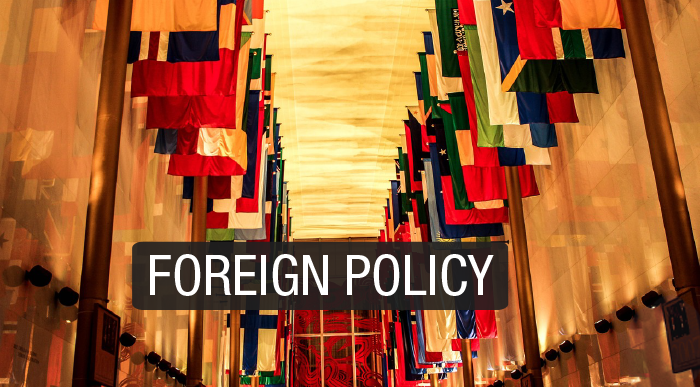Muhammad Abu Jaber
The “Look East” policy of Bangladesh denotes building ties with South and Southeastern Asian countries. This type of policy includes bilateral relations, economic cooperation and strategic defense accord with this region specially with China, Korea, Japan, Thailand and Myanmar.
The first “Look East” policy was taken by Malaysian government led by Mahathir Mohamad in 1983. It primarily focused on “Foreign Direct Investment” (FDI) and technical assistance from Japan. A very similar policy was adopted by India in 1992. But after assuming office, Narendra Modi government is likely to alter its previous policy. India Now concentrates on the West. Recent developments drive us to think so.
In Bangladesh, the policy was first initiated by the government of Bangladesh led by Khaleda Zia in 2001. She said, “The doors are open for us in the West, East, North and South, but we are focusing on the East. Because it is good for us.”
Bangladesh is a booming economic country. Its economy is the 44th largest in the world in nominal terms and 32nd largest in “Purchasing Power Parity” (PPP) terms. Bangladesh is considered as one of the “Next Eleven Emerging Economies”. According to IMF, Bangladesh is the second fastest growing economy in 2016 with 7.1% growth rate.
Basically Bangladesh is a market based and export oriented economy. Approximately 85% of its export goes to the west where 53% goes to EU and 33% to NAFTA (North American Free Trade Area).
If we carefully nurture the foreign policy of Bangladesh, Dhaka’s dependency on the west is obvious to us. Specially Indian dominance can be mentioned. There is a huge trade deficit between India and Bangladesh. Now the concern is any disruption in the West may severely hamper Bangladesh’s economy. EU is definitely a big market for Bangladesh but it may no longer sustain prevailing insurgency due to Brexit.
Following this circumstances, Southeastern Asian countries including China, Korea and Japan are the most promising region to build a dynamic relations for Bangladesh.
There is strong ground behind this alteration of the policy. In 2012, China, Korea and Japan (CKJ) together accounted for 21% of the total global Gross National Income (GNI) while U.S.A accounted for 23% and EU accounted for 18%.
In Purchasing Power Parity term (which is accurate), China’s Gross National Income now exceeds that in USA. In spite of huge trade deficit between Bangladesh and China, there are great opportunities for Bangladesh. China seems to have a better intention regarding Bangladesh. Both the government of Bangladesh and China signed a Memorandum of Understanding (MoU). China agreed to invest $24.45 billion in 34 different projects.
On the other hand, Japanese Prime Minister Shinzo Abe described Bangladesh as a great economic potential. Thus Japan has come up with the new concept of the “Bay of Bengal industrial growth belt” or what Abe termed as “Big B”. What is notable is that both China and Japan want to join the Bay of Bengal growth zone despite the tensions between Tokyo and Beijing over the South China Sea. Interestingly Bangladesh does not have to choose an alignment between China and Japan.
All these compel us to think that it is time Bangladesh transformed its concentration from the West to East without further delay. Undoubtedly while bargaining Bangladesh has to uphold its strong position for maximum gaining. Bureaucratic competency needs uplifting. Initially Bangladesh must emphasize on four basic points like investment, trade cooperation, regional connectivity and infra-structure.
Although many argue that the policy is limited in words, Prime Minister Sheikh Hasina’s recent two state-visits to China and Japan and their visits to Bangladesh waved our aspirations. If the policy makers are speculative and sincere good day is about to come.

Muhammad Abu Jaber
student, International Relations
University of Chittagong
